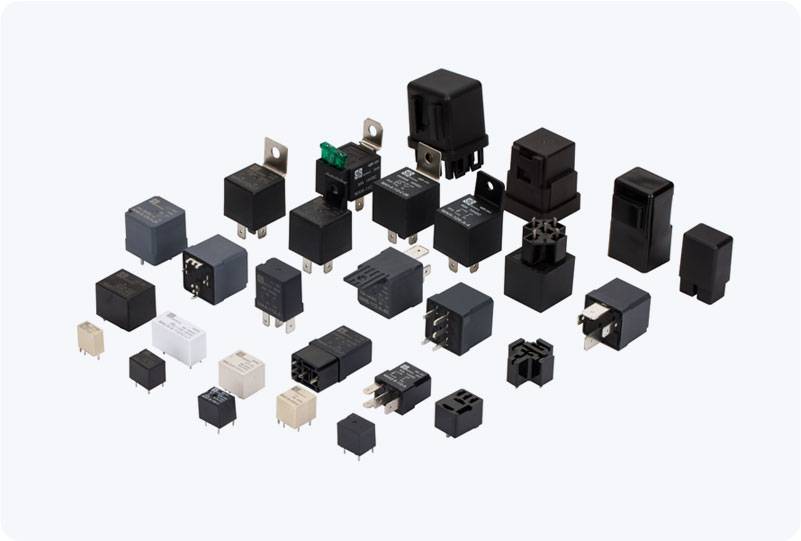Programmable Logic Controllers (PLCs) are an essential part of modern industrial automation. Their ability to carry out complex control tasks has revolutionized the way industries handle manufacturing, production, and operational processes. One of the fundamental components in many PLC systems is the PLC Control Relay. This article aims to explore the concept of PLC Control Relays, their functionalities, and their applications in various industrial sectors.

What is a PLC Control Relay? A PLC Control Relay refers to the use of a programmable logic controller (PLC) to control a relay’s on and off states. A relay, in electrical terms, is an electrically operated switch that can be used to control high-power devices with low-power PLC outputs. When a PLC executes a control instruction, it sends an output signal to the relay, which in turn controls devices such as motors, lights, valves, and more, based on the programmed logic. PLCs operate with specific programming languages, including ladder logic, which allows the user to design control processes that interact with real-world devices. The output from the PLC typically triggers relays to perform physical actions like turning a machine on or off. These outputs can control a variety of electrical devices, making PLC Control Relays highly versatile in industrial settings.